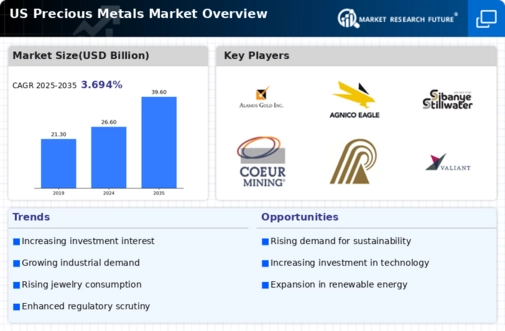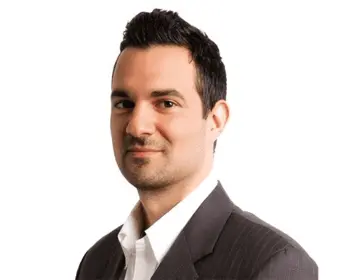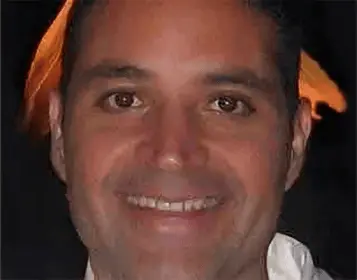The US Precious Metals Market is characterized by a robust competitive landscape marked by a blend of established players and emerging firms vying for market share. The market's dynamic nature is shaped by various factors including fluctuations in commodity prices, regulatory changes, consumer demand, and global economic conditions. Competitors within this space not only focus on extraction and production but also emphasize sustainability practices and innovative technologies to optimize operational efficiency. As the market evolves, these companies engage in strategic partnerships, mergers, and acquisitions, which further intensify competition and reshape market dynamics.
Understanding the competitive insights in this sector is crucial for stakeholders aiming to navigate the complexities of the precious metals landscape effectively.Alamos Gold Inc maintains a notable position within the US Precious Metals Market, leveraging its strengths to secure a competitive advantage. The company is recognized for its focus on operational excellence and efficient project management, which enhances its ability to deliver long-term value. Alamos Gold Inc has a solid portfolio of assets situated in favorable jurisdictions, allowing for reduced operational risks and enhanced reliability in production.
Its strong commitment to environmental stewardship and community engagement fosters goodwill, thus strengthening its brand presence in the market. The proactive measures taken to optimize its operations and its resilience in navigating market challenges position Alamos Gold Inc as a formidable player within the precious metals arena.Barrick Gold Corporation holds a significant share of the US Precious Metals Market, known for its extensive portfolio and consistently high levels of production. The company’s key products include gold and copper, with a strategic focus on optimizing performance across its mining operations.
Barrick Gold Corporation benefits from its strong market presence, driven by its commitment to sustainable practices and advanced technological integration in its mining processes. The firm's strength lies in its ability to leverage synergies from past mergers and acquisitions, allowing it to maximize its resource base and operational efficiency. In the US, Barrick has established partnerships that enhance its competitive stance while ensuring access to critical resources. The company’s focus on innovation and consistent investment in its projects enable it to maintain leadership in the precious metals sector, affirming its robust position amidst evolving market trends.

















Leave a Comment